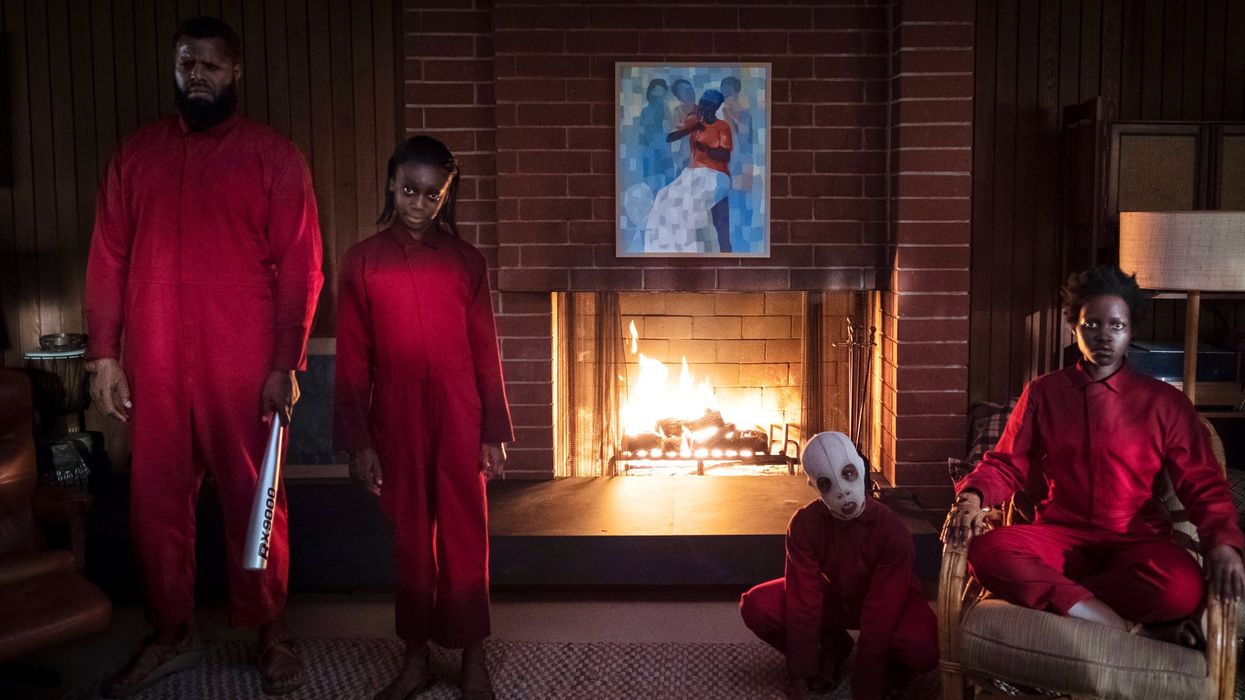How the Camera Builds Perfect Tension in the Horror Genre
Horror films have a unique cinematic language you need to know.

I know it's still July, but I'm sure I'm not the only one who's already thinking about Halloween. It's the next major holiday, after all. I spent the weekend watching Scream, Lovely Molly, Jean Rollin's Fascination, and Cabin in the Woods. It was a great spooky time. (Send me horror movie recs on Twitter if you've seen anything great recently!)
But it also got me thinking about the ways horror stories are told. Of course, many of them share similar beats and structure, and that's important. But what about their visual storytelling language? How does the camera help create terror and tension in every single one of our favorite horror films?
In Depth Cine has put together a video essay on this very topic. Let's enjoy together and then dive into the main takeaways!
The three stages of horror
You can't have a horror film that's just scares all the way through. This would just desensitize the audience and lessen the impact of whatever story you're trying to tell. (Or it would just be straight-up too scary to experience, which was one complaint about the game Resident Evil 7.)
You need hills and valleys. In writing, this is sometimes called "scene and sequel." You have an event, then give the character time to reflect on that event. Then another event, etc.
In horror, it should be a continuous pattern of downtime, build-up, and the scare. Downtime is where you give the characters (and the audience) a breath. Let them think about what's happening. Develop your characters based on what they share and how they react. But then start building tension, gradually, until you land on the scare and hopefully take your audience by surprise.
That table scene from Insidious is a great example of all three stages. You know the one.
The scare is fun, but the build-up is where the true terror lies. You know something is coming, but you don't know what it is, or when it will appear.
The art of the build-up
There are a few camera techniques used during the built-up stage to drag out scary moments just before the scare. Let's look at all of them.
The POV push-in
This shot mimics the experience of the character by putting the audience in their point of view. This can be a slow dolly, Steadicam, or gimbal shot from any level, including eye level, over the shoulder, and at ground level.
There are a lot of techniques at play in this clip from It Follows, but part of the terror of this quiet, slow scene is seeing what the main character sees. That distant woman, coming closer and closer.
Open space
Wide-open spaces are often equated to vulnerability. You can create this with set design, using big locations with little to separate the character from danger, or by placing the camera to create negative space around the character. It's disconcerting because the character feels so exposed.
Remove anything that your character could use to protect themselves, and your scenes will be all the more terrifying.
The unseen threat
We all know that Spielberg famously used the "less is more" rule when creating Jaws, not only for practical reasons but also as a more effective method of creating horror. I remember that, growing up, I had to cover my eyes during scary parts in movies because my parents didn't want me to have nightmares. I had nightmares anyway, because what my brain concocted for what I couldn't see was way worse.
To achieve these kinds of shots, you can do a few things. You can hold the camera on your character, and never show what they see. You can also expose the danger in the shot, but in a way that the character does not notice it at first. It's like the scene in Scream where Randy is yelling at Laurie to "Turn around!"
Lovely Molly also does the unseen very well. We never really see the demonic force torturing the movie's main character. We hear him, and we see suggestions of his actions. We as the audience are always wondering if we'll catch a glimpse, and that creates scares throughout the whole film. Some of this is done through Molly's POV.
On the higher-budget end, you can do what The Invisible Man did with a literal unseen threat. The filmmakers used a robotic camera to duplicate camera moves in each scene, shooting once with a stunt performer they could mask out, and filming again to get the blank plate shot.
If you're a horror filmmaker, especially with a limited budget, don't neglect this idea. You can get away with a lot if you just let the audience fill in the blanks.
Can you think of other examples of your favorite camera movements in horror? Leave them in the comments!
Source: In Depth Cine











